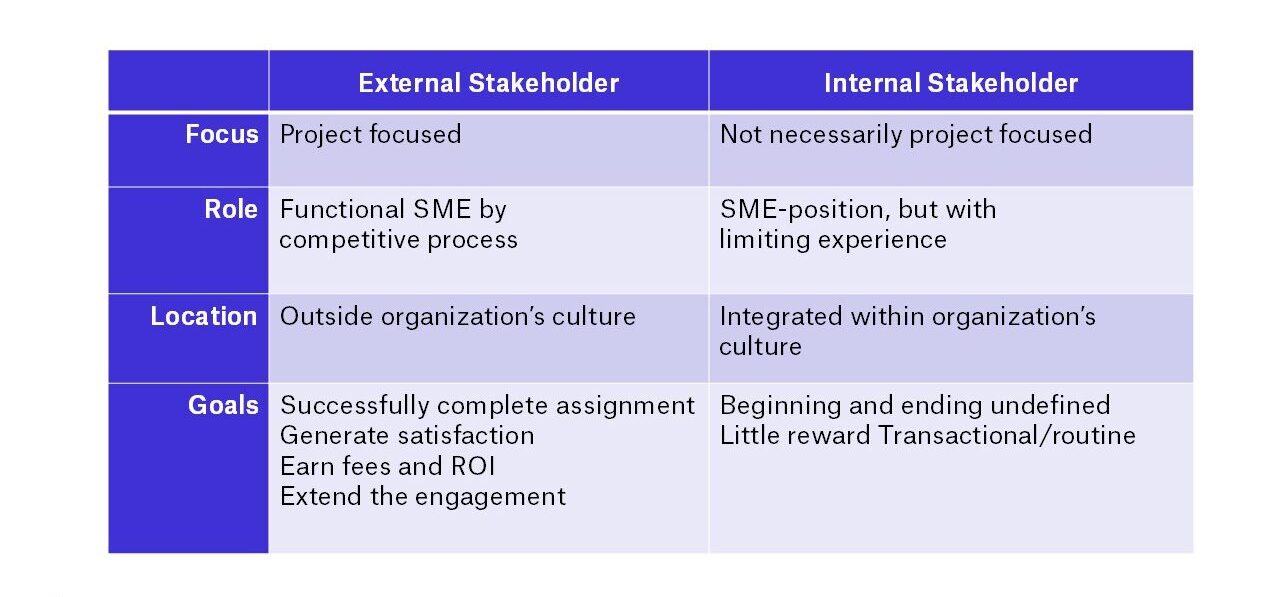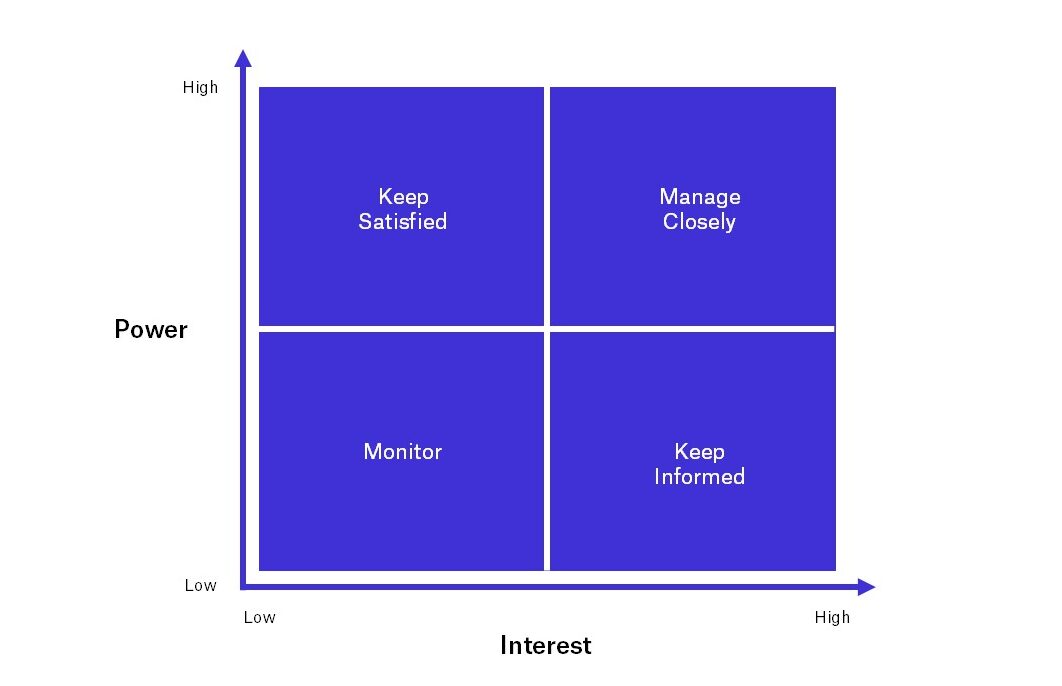When you search for the definition of a project manager, you’ll see a variety of buzzwords: goal-oriented, a leader, a planner, a visionary, or a strategist. And, if you look up a project manager’s responsibilities, you’ll find even more catchy phrases: strategic thinking, proactive planning, budget and schedule control, and more.
As a licensed professional engineer, my nearly 25-year career has revolved around project management. And now, as Gresham Smith’s Consultancy Services Practice Leader, I lead approximately 40 project managers, assistants and support staff who are embedded within a large public agency in navigating the complex world of project management.
Throughout my professional journey, I’ve learned that successful project management goes beyond buzzwords and is about more than merely managing scope, schedule and budget. Rather, successful project management is closely linked to relationship management. Keep reading for my thoughts on the project manager’s role, the significance of defining stakeholders and our strategies for successfully managing diverse relationships.

The Role of a Project Manager
I interview project managers frequently, and I often ask the question, “what is project management to you?” The responses I typically receive revolve around three key words: scope, schedule and budget. However, this brief definition seems to undersell the importance of project management in today’s complex business environment. In fact, I believe this simplistic definition limits the effectiveness of a project manager, as it suggests that success is solely determined by a set of hard skills. In reality, successful project management necessitates an understanding of complex environments and the ability to manage diverse human interactions effectively.
The projects my team manages primarily revolve around roadway improvements that enhance safety and operations. The project manager plays a pivotal role in this process, applying their knowledge, skills, tools and techniques to meet the project requirements and achieve results, such as safer roadways or improved environmental compliance. While these projects are well-defined, typically spanning about five years and resulting in a tangible infrastructure improvement, they necessitate more than technical know-how. A successful project also requires numerous soft skills, including a keen understanding of the project’s context.
Part of a project’s context includes it’s environment, which includes both internal and external environments and numerous influencing factors. A project’s internal environment, which is comprised of the project team, is influenced by factors such as organizational culture. A project’s external environment can include forces such as politics, market factors and corporate performance. While seemingly in direct contrast, internal and external environments share one thing in common: these environments are populated by people, and people are not easy to manage or predict.

Complex vs. Complicated
While people add unpredictability to a project’s environment, people must be managed differently than processes. People are not robots; people are complex, with unique perspectives and behaviors. The key to successful project management is the ability to differentiate whether a project’s environment—whether internal or external—is complicated or complex.
“The key to successful project management is the ability to differentiate whether a project’s environment—whether internal or external—is complicated or complex.”
Complicated environments are process-oriented and can be managed systematically. On the other hand, complex environments, often involving people, are not as easily predicted or controlled. Recognizing this difference is crucial; approaching a complex environment like a complicated one can lead to failure. When managing a complex environment, it’s essential to seek diverse opinions, manage people rather than solve tasks, and maintain mental flexibility. A project manager should be capable of zooming in for laser focus on tasks and zooming out to strategize and see the bigger picture.
Stakeholder Management
A crucial aspect of project management is understanding and managing stakeholders. Stakeholders can be both internal and external, each carrying unique expectations and performance measurements.
Internal stakeholders are not necessarily project focused, but are integrated within an organization’s culture. The relationship’s beginning and ending is undefined and may be transactional or routine. External stakeholders are often project-focused and outside of the organization’s culture. The relationship exists until the assignment is successfully completed, and the manager’s goal is to earn fees and/or extend the relationship. The project management challenge lies in resolving conflicts between external and internal stakeholder expectations, which is where relationship management comes into play.

Relationship Management
Once we understand who our stakeholders are and why they’re invested in the project, we can then use effective interpersonal communication to inspire and influence stakeholders to manage expectations and achieve a common goal. My team and I regularly use six tactics to instill confidence and foster positive relationships.
1. Identify and Prioritize Stakeholders
Taking a stakeholder-based approach not only allows the most powerful stakeholders to shape projects at an early stage, but also can help secure more resources and garner support. We must first conduct a stakeholder analysis to identify the constraints, motivators and politics influencing each stakeholder. I like using the Power – Interest Grid to prioritize stakeholders based on their power and interest in the project

2. Tailor Communication Styles
Everyone receives and comprehends information in different way. For the project manager, it isn’t about saying what you want to say, but about ensuring that others hear what you mean. This often requires a project manager to commit to a communication style that is outside their comfort zone to make sure that the project’s goals are understood by all stakeholders.
3. Plan Communication
We must think through the frequency of communication, as well as the mode and medium. Project managers must also consider when they’ll engage stakeholders, identify their needs, and solicit feedback.
4. Manage Expectations
Project managers must be transparent about what the project can and can’t achieve. We must avoid overpromising to appease stakeholders, as this can lead to disappointment down the line. Realistic expectations contribute to better stakeholder satisfaction.
5. Be Adaptable
Change is unavoidable. Often times, plans are great until it they meet the everchanging requirements of the real world. A project manager must be adaptable, willing to be flexible and change course as circumstances require it. We should revisit the project plan regularly and adjust as necessary.
6. Resolve Conflict
A project manager must be prepared to resolve conflicts that arise on a project team and between stakeholders. One key way to resolve conflict is to separate the people from the problem, so that issues are depersonalized and can be resolved dispassionately.

Project management is more than buzzwords—it’s closely intertwined with relationship management, bridging the gap between complex human interactions and intricate business landscape. Effective project managers must distinguish between complicated and complex environments and manage them accordingly. By identifying and prioritizing stakeholders, tailoring communication styles, planning communication, managing expectations, being adaptable, and resolving conflicts, we can instill confidence, foster positive relationships, and ultimately drive a project towards its goal.














